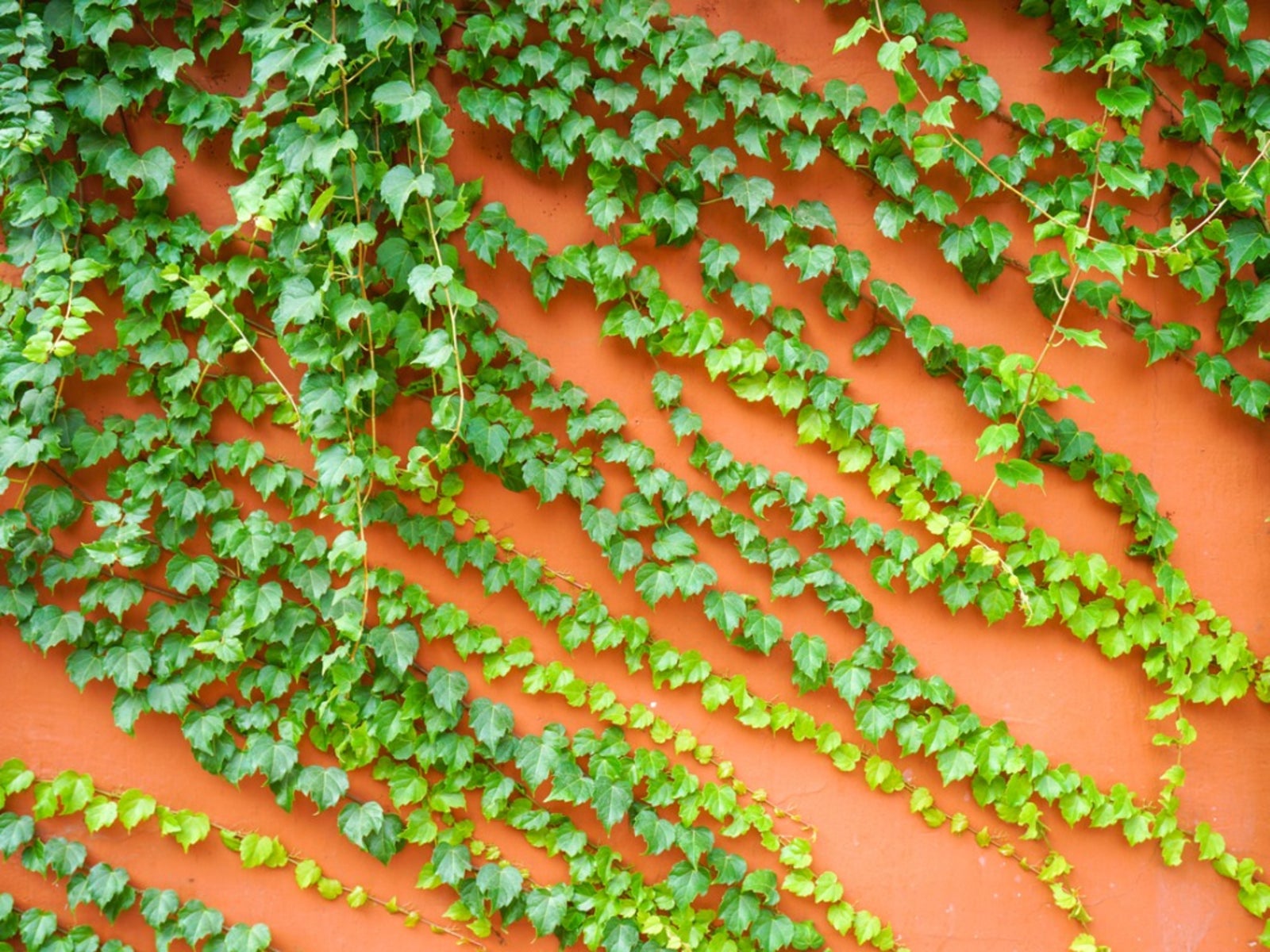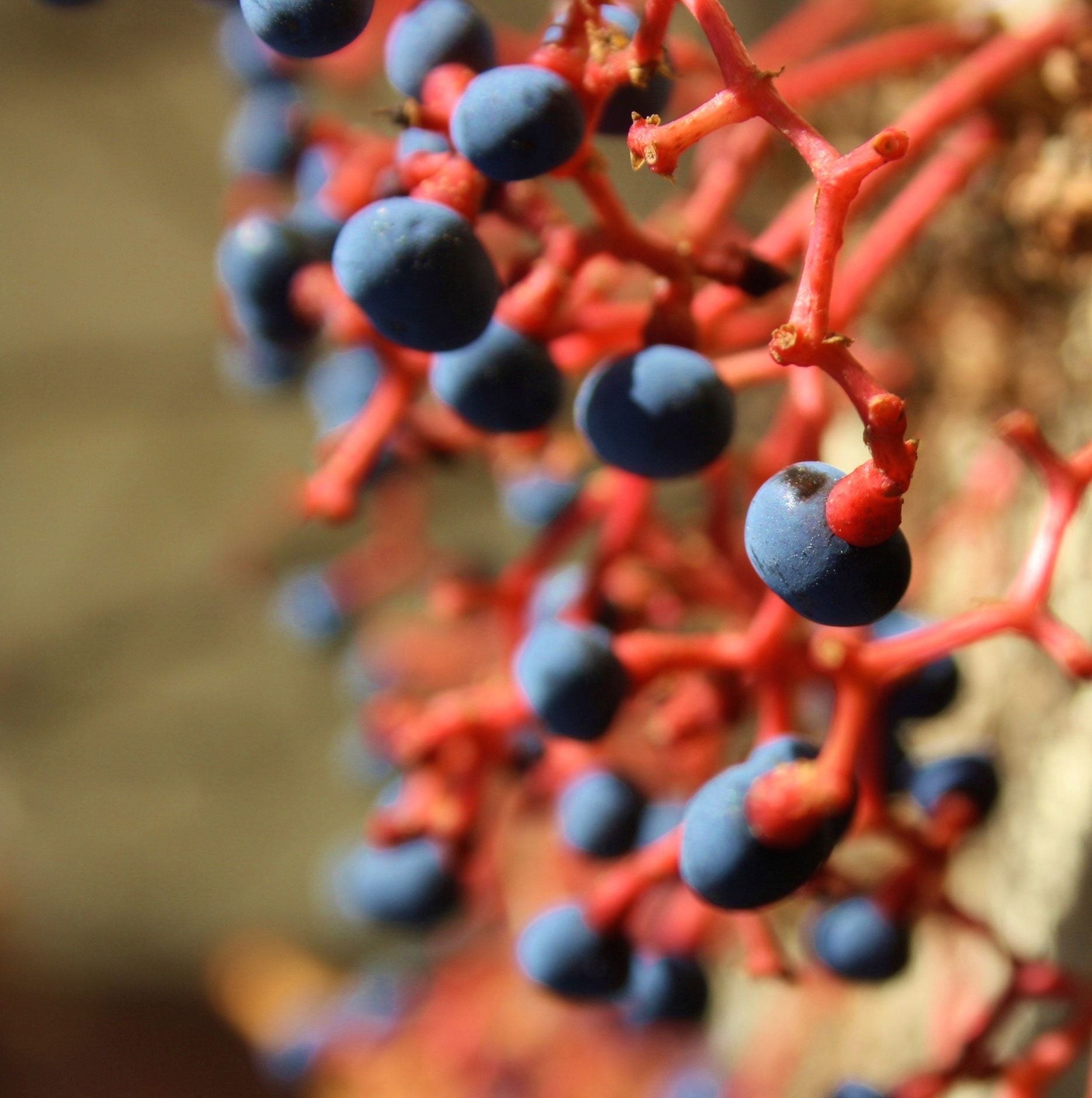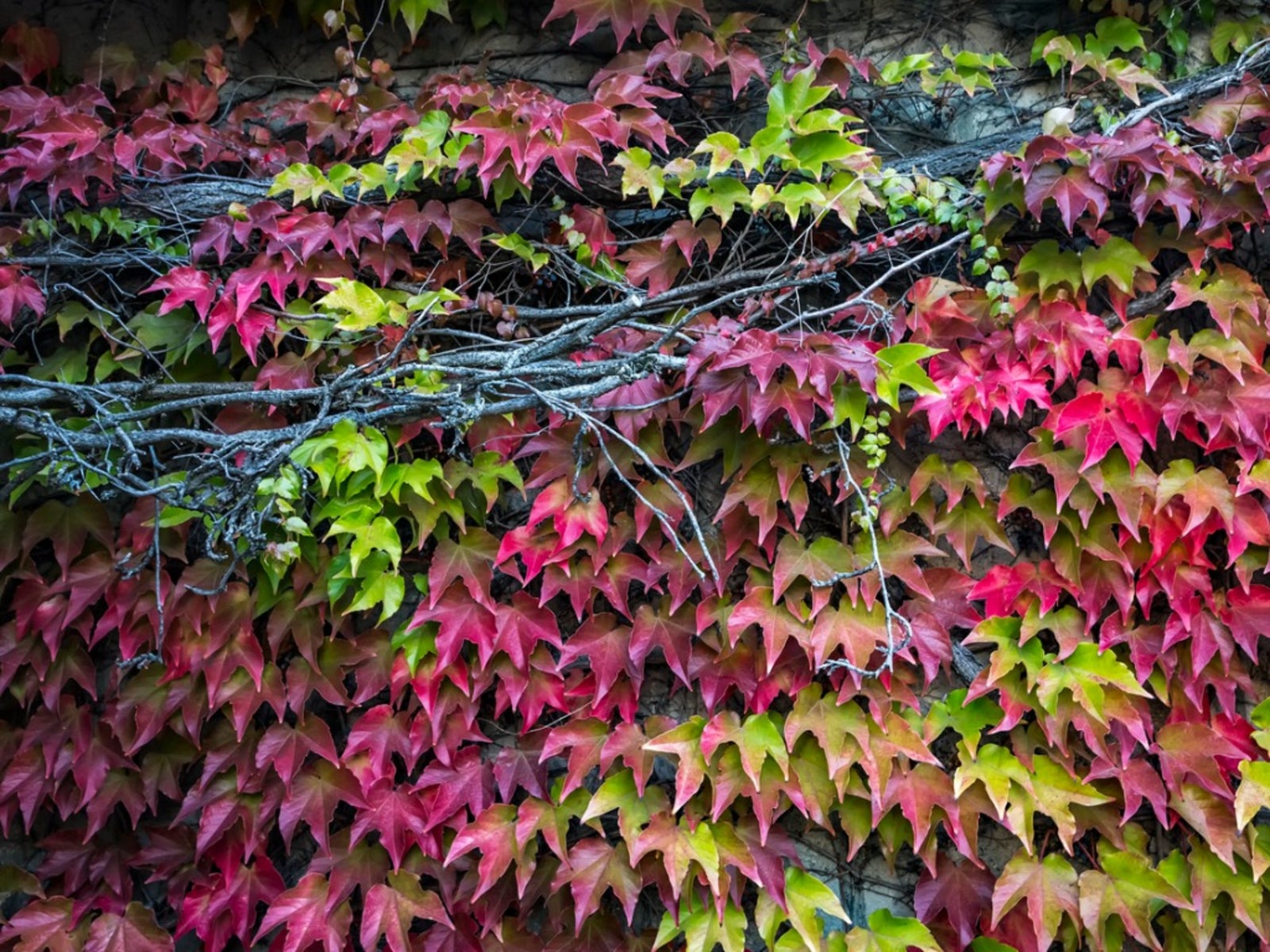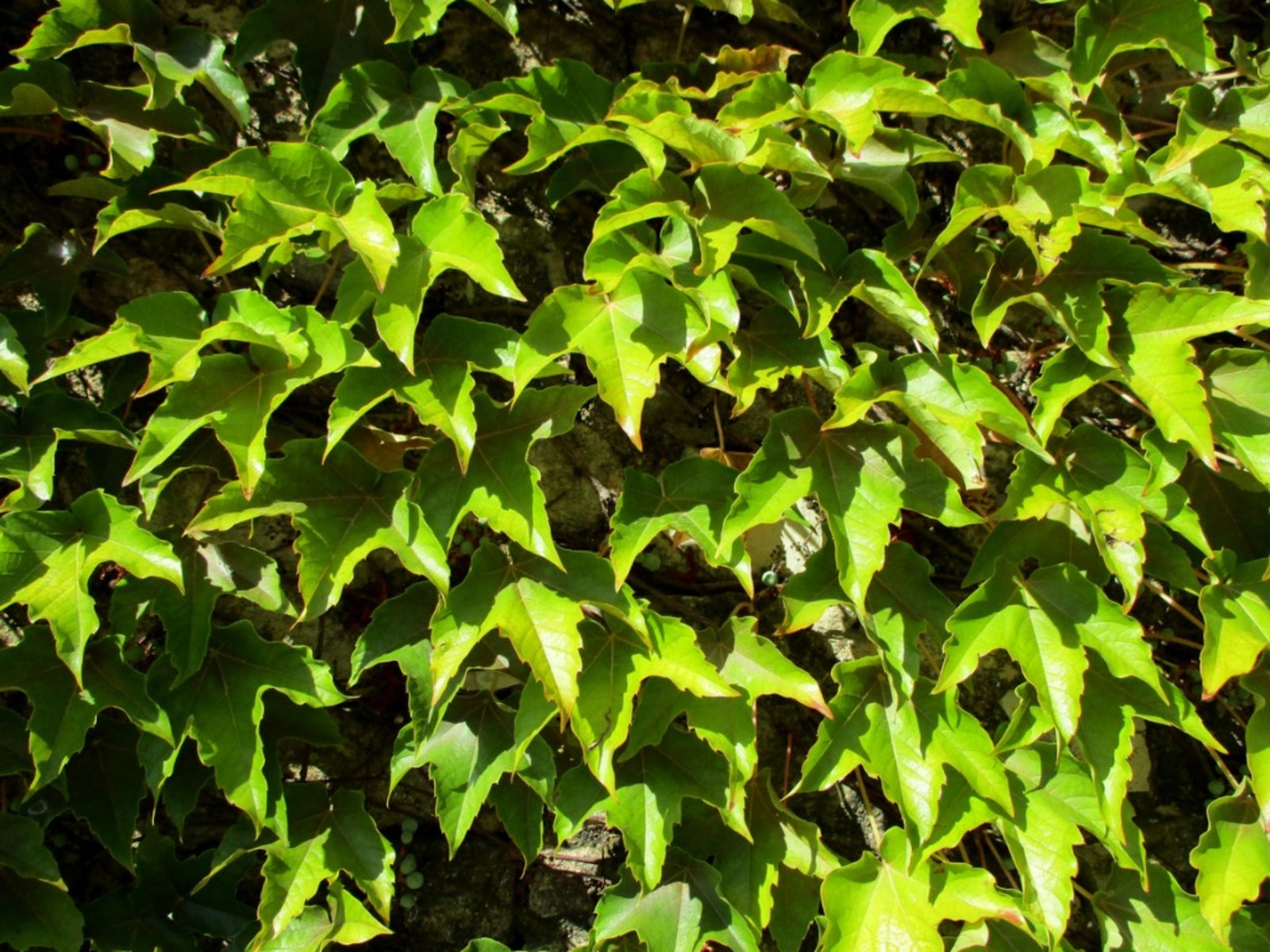Boston Ivy Leaf Drop: Reasons For Leaves Falling From Boston Ivy


Vines can be deciduous plants that lose their leaves in winter or evergreen plants that hold onto their leaves all year long. It is not surprising when deciduous vine foliage changes color and falls in autumn. However, when you see evergreen plants losing leaves, you know that something is wrong. Although many ivy plants are evergreen, Boston ivy (Parthenocissus tricuspidata) is deciduous. It is perfectly normal to see your Boston ivy losing leaves in autumn. However, Boston ivy leaf drop can also be a sign of disease. Read on to find out more about Boston ivy leaf drop.
Leaves Falling from Boston Ivy in Autumn
Boston ivy is a vine that is especially popular in dense, urban areas where a plant has nowhere to go but up. This ivy’s beautiful, deeply lobed leaves are glossy on both sides and coarsely toothed around the edges. They look stunning against stone walls as the vine rapidly climbs them. Boston ivy attaches itself to the steep walls it climbs by means of tiny rootlets. They emerge from the vine stem and latch onto whatever support is nearest. Left to its own devices, Boston ivy can climb up to 60 feet (18.5 m.). It spreads out in either direction as well until the stems are trimmed back or broken. So does Boston ivy lose its leaves in autumn? It does. When you see the leaves on your vine turning a brilliant shade of scarlet, you know that soon you’ll see leaves falling from Boston ivy. The leaves change color as the weather cools down at summer’s end. Once the leaves fall, you can see the tiny, round berries on the vine. The flowers appear in June, whitish-green and inconspicuous. The berries, however, are blue-black and beloved by songbirds and small mammals. They are toxic to humans.
Other Causes of Leaves Falling from Boston Ivy
Leaves falling from Boston ivy in autumn usually do not indicate a problem with the plant. But Boston ivy leaf drop can signal problems, especially if it happens before other deciduous plants are dropping leaves. If you see your Boston ivy losing leaves in spring or summer, look closely at the foliage for clues. If the leaves yellow before they drop, suspect a scale infestation. These insects look like small bumps along the vine stems. You can scrape them off with your fingernail. For large infections, spray the ivy with a mixture of one tablespoon (15 mL.) of alcohol and a pint (473 mL.) of insecticidal soap. If your Boston ivy lost its leaves after becoming covered with a white powdery substance, it might be due to a powdery mildew infection. This fungus occurs on ivy during hot dry weather or very humid weather. Spray your vine with wet sulfur two times, a week apart.
Gardening tips, videos, info and more delivered right to your inbox!
Sign up for the Gardening Know How newsletter today and receive a free copy of our e-book "How to Grow Delicious Tomatoes".

Teo Spengler is a master gardener and a docent at the San Francisco Botanical Garden, where she hosts public tours. She has studied horticulture and written about nature, trees, plants, and gardening for more than two decades. Her extended family includes some 30 houseplants and hundreds of outdoor plants, including 250 trees, which are her main passion. Spengler currently splits her life between San Francisco and the French Basque Country, though she was raised in Alaska, giving her experience of gardening in a range of climates.
-
 Create A Romantic Garden Straight Out Of Bridgerton: Regency Era Romance In Your Garden
Create A Romantic Garden Straight Out Of Bridgerton: Regency Era Romance In Your GardenTry some romantic garden ideas straight out of Bridgerton. Flowers and gardens in the Regency era were lush and charming and you can get the same look!
By Bonnie L. Grant
-
 Moody Blooms For Spring: 8 Types Of Black Flowers To Add Drama To Spring Displays
Moody Blooms For Spring: 8 Types Of Black Flowers To Add Drama To Spring DisplaysFrom midnight burgundies to inky violets, several types of black flowers can enrich and embolden a spring display. Try these brooding bloomers for a moody garden
By Tonya Barnett
-
 Boston Ivy Seed Propagation: How To Grow Boston Ivy From Seed
Boston Ivy Seed Propagation: How To Grow Boston Ivy From SeedBoston ivy is a woody, fast-growing vine. Mature vines display beautiful, early summer blooms, followed by Boston ivy berries in autumn. Planting seeds you harvest from the berries is a fun way to start a new plant. Read here to learn more.
By Mary H. Dyer
-
 Boston Ivy On Walls: Will Boston Ivy Vines Damage Walls
Boston Ivy On Walls: Will Boston Ivy Vines Damage WallsBoston ivy growing up brick surfaces lends a lush, peaceful feeling to the environment but should you plant it on or near walls? This article has tips for growing Boston ivy plants on walls, so consider carefully before planting Boston ivy in your garden.
By Mary H. Dyer
-
 Boston Ivy Cuttings: How To Propagate Boston Ivy
Boston Ivy Cuttings: How To Propagate Boston IvyYou can fill your garden with the Boston ivy by taking cuttings from the vine and rooting them into new plants. So how do you take these cuttings? This article will help with that. Click here to learn more.
By Anne Baley
-
 Boston Ivy Winter Care: Information On Boston Ivy Vines In Winter
Boston Ivy Winter Care: Information On Boston Ivy Vines In WinterBoston ivy plants are commonly grown vines in the landscape. But what about keeping Boston ivy over winter? Learn more about that in this article. Click here to get additional information.
By Jackie Carroll
-
 Controlling Boston Ivy - Learn About Removing Or Pruning Boston Ivy Vine
Controlling Boston Ivy - Learn About Removing Or Pruning Boston Ivy VineLots of gardeners are attracted to the stately beauty of Boston ivy, but controlling this hardy plant can be a challenge both indoors and in the garden. Regular pruning or removal can be found in this article.
By Beverly Forehand
-
 Boston Ivy Care: Tips For Growing And Planting Boston Ivy
Boston Ivy Care: Tips For Growing And Planting Boston IvyBoston ivy plants are attractive, climbing vines that cover outer walls of many older buildings, particularly in Boston. Get information and tips on caring for this plant in the article that follows.
By Becca Badgett